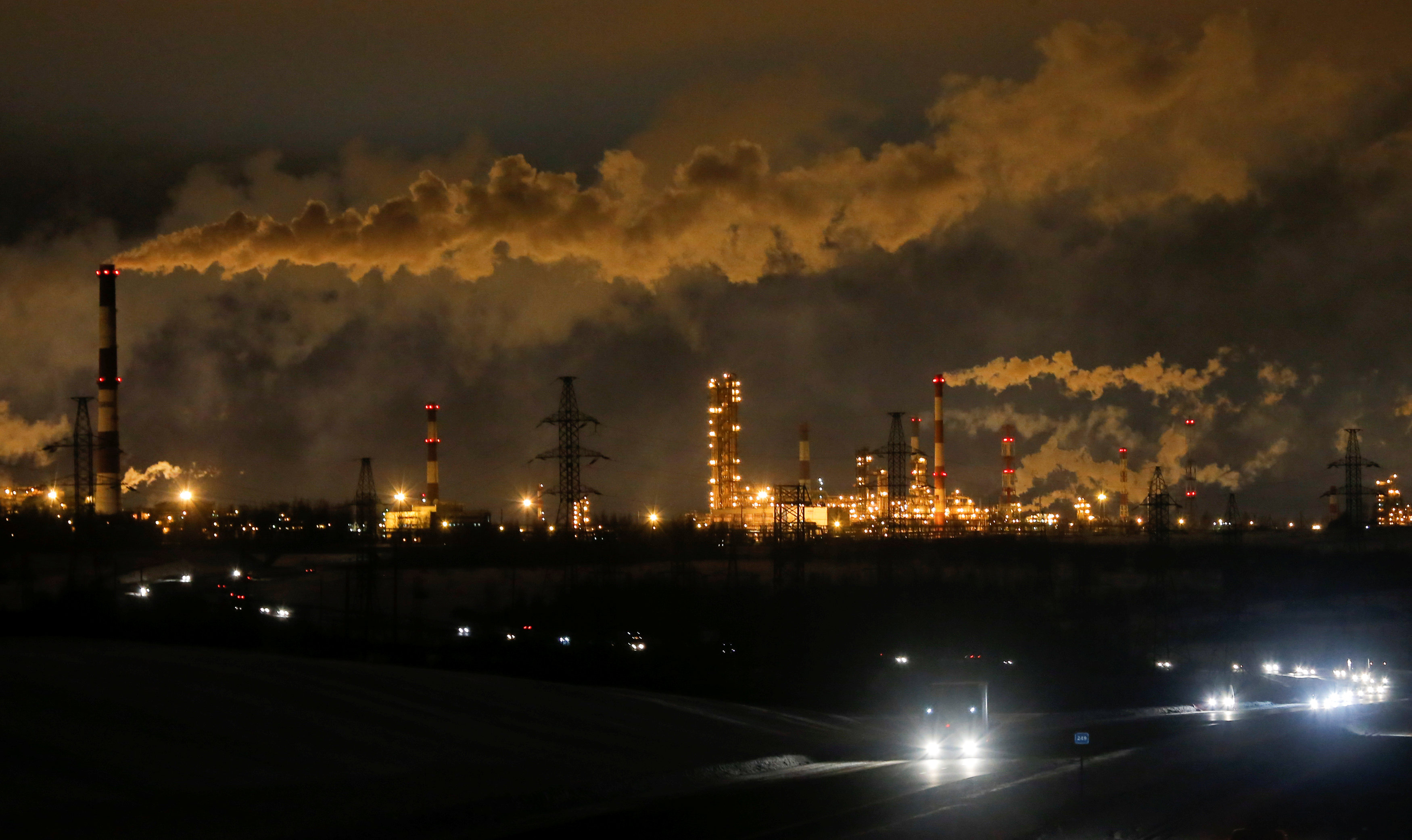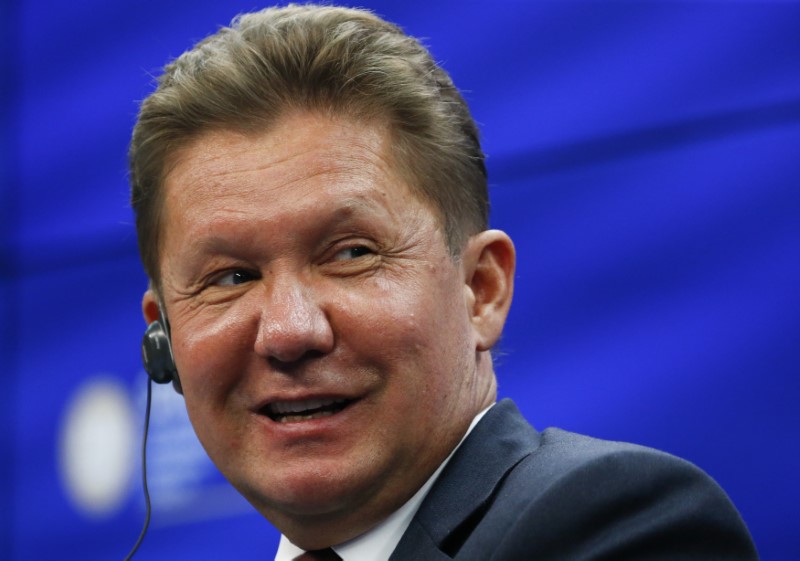Gazprom CEO sees share of EU gas market rising despite LNG rivals

LONDON — A new pipeline from Russia’s Arctic fields to Germany will boost Moscow’s share of the European gas market despite competition from Qatar and the United States, and will also mean much less fuel goes via Ukraine, Russian gas monopoly Gazprom said.
Chief Executive Alexei Miller told Reuters supplies via Ukraine would fall after 2020, but not stop entirely as Moscow has previously threatened, when the world’s largest gas firm opens a pipeline under the Baltic Sea.
Gazprom’s Western partners agreed on Monday to provide half the financing for the 9.5 billion euro ($10.32 billion) Nord Stream 2 pipeline, removing a big hurdle for a Russian plan to pump more gas to Europe from 2019.
[Newly opened Russian pipeline will mean more Arctic gas for Europe]
Gazprom now supplies a third of Europe’s gas needs, with its share rising from a quarter in the past two decades. It believes it could ship more despite the EU’s fears that the bloc is becoming too reliant on Russian energy.
“Today, in 2017, we are beating our 2016 record highs by around 10 percent. So we can expect new records this year and Gazprom’s European market share is poised to rise,” said Miller, one of the closest and longest serving allies of President Vladimir Putin, speaking in a telephone interview.

Gazprom sold a record 179 billion cubic meters (bcm) of gas to Europe in 2016, helped by a collapse in oil prices on which gas is priced and cold weather on the continent.
Customers are requesting more gas this year and Gazprom believes in the next 15 years it can provide the bulk of an additional 100 bcm a year for Europe, which the continent needs by 2035 as domestic output falls.
“A decrease in the North Sea gas production, as well as in other EU countries, is becoming a very important factor … Given that, Russia’s market share will be rising,” Miller said.
[Is Europe caving to Russia on pipeline politics?]
The European Union has sought to reduce reliance on Russia after a decade of gas disputes between Moscow and Ukraine over pricing, which led to several supply disruptions during harsh winters.
Moscow’s annexation of Ukraine’s Crimea and its incursion in east Ukraine have made Europe more reluctant to rely on Russia for energy, which critics say the Kremlin uses for intimidation or blackmail. Moscow has dismissed the accusations.
“I don’t think it is fair to talk about dependence,” said Miller. “Our dependence is mutual: when we invest in developing fields and building pipelines, Gazprom relies on future demand and de facto depends on the European market as much as Europe depends on Russian gas.”
Europe “could get its gas from anywhere” given its investment in liquefied natural gas (LNG) terminals, but pipeline gas remained cheaper, he said. “Pipeline gas is winning against LNG and is set to continue doing so in the future.”
Big Ukrainian cut
Gazprom supplies Europe via three main routes: the Ukrainian pipelines, the Yamal-Europe route via Belarus and Poland, and the new Nord Stream link under the Baltic Sea to the German town of Greifswald.
Gazprom wants to double capacity of Nord Stream. On Monday, it signed a deal to co-fund the link with European companies Uniper, Wintershall, Shell, OMV and Engie .
Eastern European and Baltic countries say the new pipeline carrying Russian gas across the Baltic will make the EU a hostage to Moscow. Other north European states, especially the main beneficiary Germany, back it for its economic benefits.
Gazprom has previously threatened to cut all supplies to Europe via Ukraine once Nord Stream 2 is built and when the transit agreement with Ukraine expires in 2020.
But Miller said some volumes could still pass through Ukraine. “We are ready for talks … However, we can only talk about much smaller volumes, possibly around 15 bcm a year for countries which border Ukraine,” he said.
Ukraine has capacity to handle the transit of up to 120 bcm of Russian gas a year and was the main route for supplies to the West since the Soviet era. But volumes have fallen to between 50-80 bcm in recent years as Gazprom built new pipelines. A fall to 15 bcm would leave it at a fraction of past levels.
Russian threats to cut supplies via Ukraine prompted some EU politicians to say the Nord Stream 2 project was designed to punish Kiev, a charge Moscow has denied.
Miller said there were other reasons for the drop in Ukrainian transit, including the shift of Gazprom’s gas production increasingly to the Arctic Yamal peninsula.
“If you look from space, you can draw a direct line via the Baltic between new centers of production and Germany’s Greifswald,” he said. “This route is 2,000 km (1,250 miles) shorter than the route via Ukraine.”